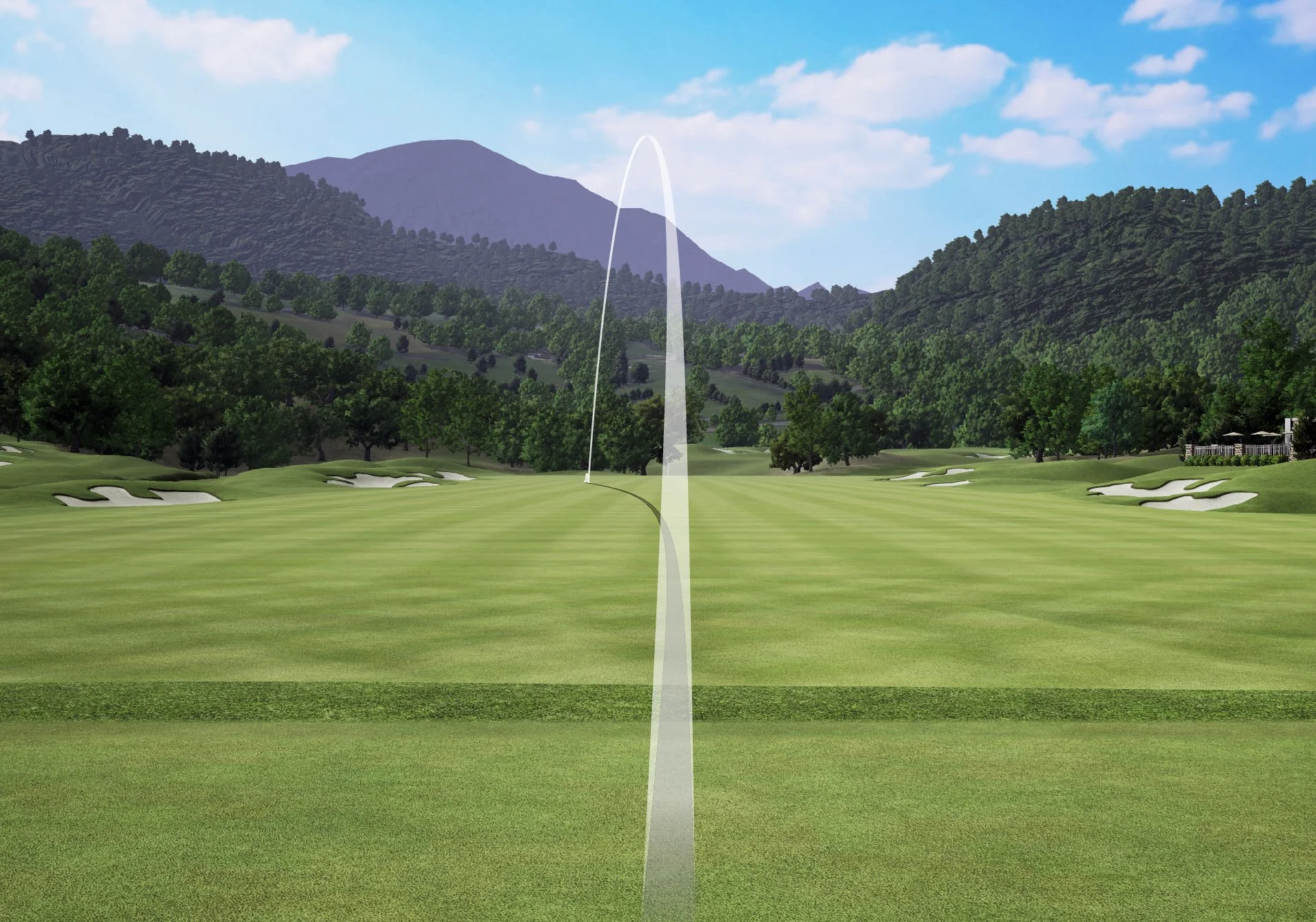As many experienced players know all too well, golf is a very individualistic game. No two players, whether they be elite or beginners swing the club the same way. Their aesthetics are wholly different and vary a fair amount. They do, however, get back to impact all the same way (cue yawns and shouts of 'I've heard this before'). I do emphasise this point a lot during my lessons as golfers tend to perceive that the prettiest swing will provide the prettiest results. I'm not trying to make and develop the prettiest swing in the world when coaching, I'm here to develop the most effective way of getting the club back down to the ball as often as we possibly can.
However, in the age of information and copious amounts written on the game of golf, I see these sorts of headlines a lot on YouTube, golf improvement websites and golf magazines:
'CURE YOUR SLICE FOREVER'
'STOP SHANKING FOR GOOD'
.....but my ultimate favourite is this one..........
'GOLFS MAGIC MOVE TO HELP YOU PLAY YOUR BEST EVERYTIME'
I will give it it's dues, it is a very eye catching headline with the word 'magic' as the main hub of the phrase, sparking elements in our mind of Harry Potter style magic, turning our golf club into a wand and teleporting our ball towards the target in a simplistic flash of time, thus decreasing our handicap like we have never dreamed of before!
Now back to reality! I apologise for bursting many a golfers bubble here but there is no such thing as one 'Magic move' for all parties! It is a pure piece of marketing to capture our imaginations and lead us onto a false journey of the golf of our dreams.
The reality is that everyone has their OWN magic move in golf. There is not just one of these magic moves that propel us to golfing stardom. Some golfers take the club steep and get back to the ball well, some take the club back shallow and get the job done. See Freddie Couples, Jim Furyk, Monty et al.
Now don't get me wrong, there are ways to swing the golf club back and through to help you gain better and more improved contact on the golf ball. I've seen many a golfer shank the ball as the player has either taken the club too far 'around' themselves on the way back and I've seen golfers shank it as they've taken the club too steep.
And yes, there is a 'correct' biomechanical way of getting club on ball with square face more of the time and more efficiently. See Pete Cowan's 'The Spiral Staircase' below which is the closest analogy (in my opinion) of the most efficient and sequenced way the body moves in the golf swing:
FROM THE TOP OF THE BACKSWING YOU INITIATE THE DOWNSWING BY SIMPLY REVERSING THE PROCESS FROM THE GROUND UP:
RIGHT ANKLE TO LEFT FOOT
RIGHT SHIN TO LEFT ANKLE
RIGHT KNEE TO LEFT SHIN
RIGHT THIGH TO LEFT KNEE
NOW FROM HERE YOUR BODY STARTS TO OPEN UP AS THE COIL MOVES UP AND AROUND YOUR BODY:
RIGHT HIP TO LEFT ABS
RIGHT ABS TO LEFT CHEST
RIGHT CHEST TO LEFT
SHOULDER
RIGHT SHOULDER…
Be warned, however, because if you are consciously aware of these movements during the swing, you will not become a better ball striker. Far from it, your swing will feel mechanical and therefore lacking everything from power to precision. Use this purely for informative purposes, DO NOT TRY ON THE COURSE! Feel free to get a sensation for it at home, practice area, supermarket, wherever you like, just not on the course in the middle of a round.
This is by far the best way of describing a 'Magic Move' in golf, but my point to this article......... Go and find a PGA Professional who can prescribe YOUR magic move. Not anyone else's move.... YOUR MOVE, to help you play better golf and enjoy the game more, whatever your move may be.


